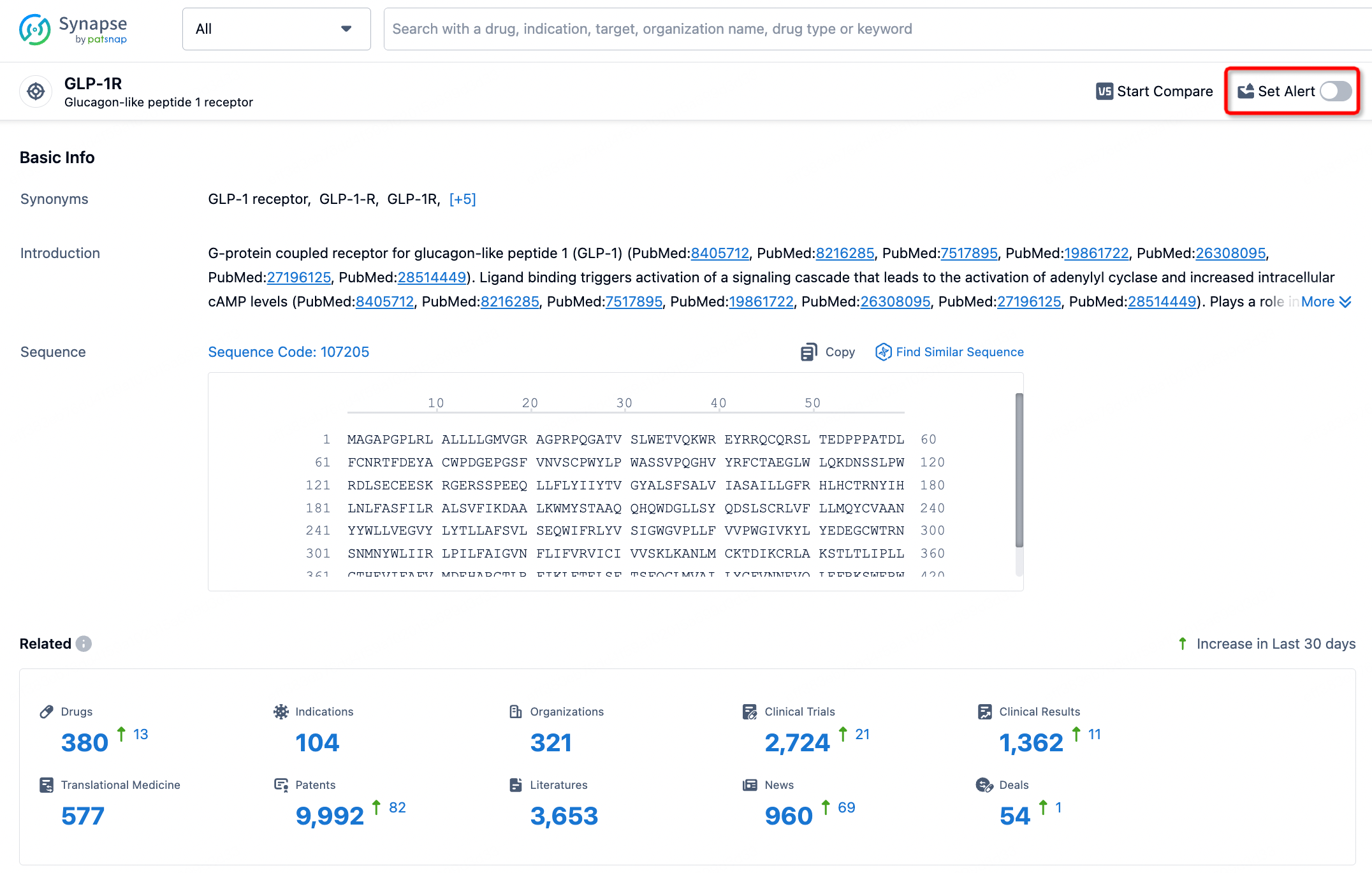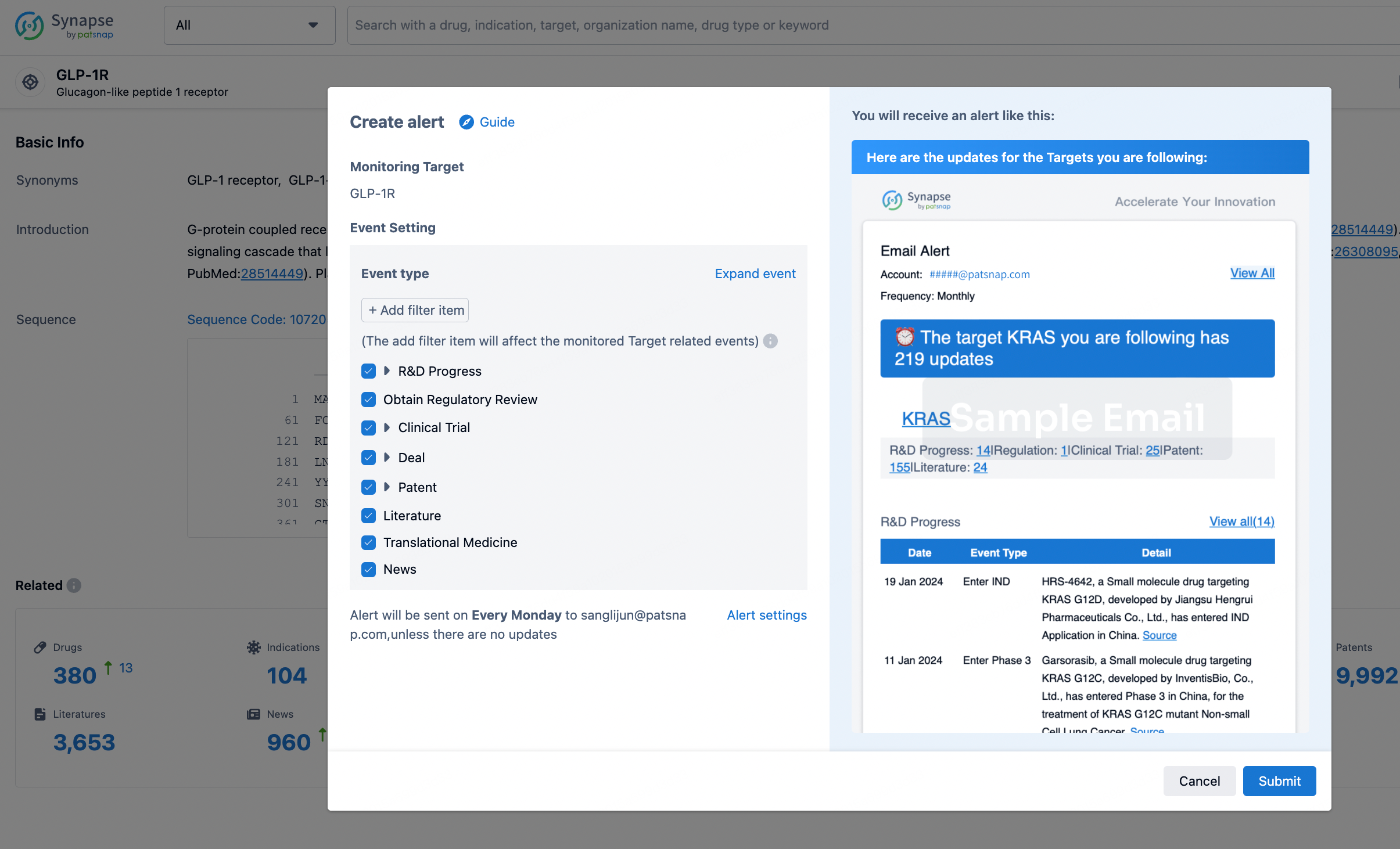Request Demo
What are SARS-CoV-2 PLpro inhibitors and how do they work?
25 June 2024
The COVID-19 pandemic has sparked an unprecedented global effort to develop effective treatments and vaccines against SARS-CoV-2, the virus responsible for the disease. Among the various therapeutic targets identified, one of the most promising is the SARS-CoV-2 papain-like protease (PLpro). This enzyme plays a critical role in the viral life cycle, and inhibiting its function offers a potential pathway to curb the spread of the virus. In this blog post, we will delve into the world of SARS-CoV-2 PLpro inhibitors, exploring how they work, their mechanisms of action, and their potential applications in the fight against COVID-19.
SARS-CoV-2 PLpro is an essential enzyme for the replication and maturation of the virus. It is involved in the cleavage of the viral polyprotein, a process that is necessary for the production of functional viral proteins. In addition to its role in viral replication, PLpro also modulates the host's immune response by deubiquitinating host proteins that are involved in antiviral signaling pathways. This dual functionality makes PLpro an attractive target for antiviral drug development.
SARS-CoV-2 PLpro inhibitors are designed to interfere with the enzyme's activity, thereby disrupting the virus's ability to replicate and evade the host immune system. These inhibitors typically function by binding to the active site of the enzyme, preventing it from interacting with its natural substrates. By blocking the enzymatic activity of PLpro, these inhibitors can effectively halt the production of new viral particles and enhance the host's immune response against the infection.
There are several classes of SARS-CoV-2 PLpro inhibitors, each with its unique mechanism of action. Some inhibitors are small molecules that directly bind to the active site of PLpro, while others are peptide-based inhibitors that mimic the enzyme's natural substrates. Additionally, some inhibitors are designed to covalently modify the active site, rendering the enzyme permanently inactive.
The development of SARS-CoV-2 PLpro inhibitors has been accelerated by high-throughput screening technologies and structure-based drug design. Researchers have identified several promising compounds that exhibit potent inhibitory activity against PLpro in vitro. These compounds are now being tested in preclinical models to evaluate their efficacy and safety.
SARS-CoV-2 PLpro inhibitors have several potential applications in the treatment and prevention of COVID-19. One of the primary uses of these inhibitors is as antiviral agents, either as standalone therapies or in combination with other antiviral drugs. By targeting a critical enzyme in the viral life cycle, PLpro inhibitors can reduce viral load and improve clinical outcomes in infected individuals.
In addition to their direct antiviral effects, SARS-CoV-2 PLpro inhibitors may also have immunomodulatory properties. By preventing the deubiquitination of host proteins involved in antiviral signaling, these inhibitors can enhance the host's immune response against the virus. This dual action makes PLpro inhibitors particularly attractive for the treatment of severe COVID-19 cases, where immune dysregulation plays a significant role in disease progression.
Moreover, SARS-CoV-2 PLpro inhibitors could be used as prophylactic agents to prevent infection in high-risk populations. For example, healthcare workers and individuals with underlying health conditions could benefit from prophylactic treatment with PLpro inhibitors to reduce their risk of contracting COVID-19.
The rapid development and deployment of SARS-CoV-2 PLpro inhibitors represent a significant advancement in our ability to combat the COVID-19 pandemic. However, several challenges remain. The emergence of new viral variants may impact the efficacy of existing inhibitors, necessitating ongoing surveillance and the development of broad-spectrum inhibitors. Additionally, the safety and efficacy of these inhibitors need to be thoroughly evaluated in clinical trials before they can be widely adopted.
In conclusion, SARS-CoV-2 PLpro inhibitors offer a promising avenue for the treatment and prevention of COVID-19. By targeting a critical enzyme in the viral life cycle, these inhibitors have the potential to reduce viral replication, enhance the host immune response, and improve clinical outcomes. Continued research and development in this area will be crucial to overcoming the challenges posed by the evolving virus and ensuring the long-term success of PLpro inhibitors in the fight against COVID-19.
SARS-CoV-2 PLpro is an essential enzyme for the replication and maturation of the virus. It is involved in the cleavage of the viral polyprotein, a process that is necessary for the production of functional viral proteins. In addition to its role in viral replication, PLpro also modulates the host's immune response by deubiquitinating host proteins that are involved in antiviral signaling pathways. This dual functionality makes PLpro an attractive target for antiviral drug development.
SARS-CoV-2 PLpro inhibitors are designed to interfere with the enzyme's activity, thereby disrupting the virus's ability to replicate and evade the host immune system. These inhibitors typically function by binding to the active site of the enzyme, preventing it from interacting with its natural substrates. By blocking the enzymatic activity of PLpro, these inhibitors can effectively halt the production of new viral particles and enhance the host's immune response against the infection.
There are several classes of SARS-CoV-2 PLpro inhibitors, each with its unique mechanism of action. Some inhibitors are small molecules that directly bind to the active site of PLpro, while others are peptide-based inhibitors that mimic the enzyme's natural substrates. Additionally, some inhibitors are designed to covalently modify the active site, rendering the enzyme permanently inactive.
The development of SARS-CoV-2 PLpro inhibitors has been accelerated by high-throughput screening technologies and structure-based drug design. Researchers have identified several promising compounds that exhibit potent inhibitory activity against PLpro in vitro. These compounds are now being tested in preclinical models to evaluate their efficacy and safety.
SARS-CoV-2 PLpro inhibitors have several potential applications in the treatment and prevention of COVID-19. One of the primary uses of these inhibitors is as antiviral agents, either as standalone therapies or in combination with other antiviral drugs. By targeting a critical enzyme in the viral life cycle, PLpro inhibitors can reduce viral load and improve clinical outcomes in infected individuals.
In addition to their direct antiviral effects, SARS-CoV-2 PLpro inhibitors may also have immunomodulatory properties. By preventing the deubiquitination of host proteins involved in antiviral signaling, these inhibitors can enhance the host's immune response against the virus. This dual action makes PLpro inhibitors particularly attractive for the treatment of severe COVID-19 cases, where immune dysregulation plays a significant role in disease progression.
Moreover, SARS-CoV-2 PLpro inhibitors could be used as prophylactic agents to prevent infection in high-risk populations. For example, healthcare workers and individuals with underlying health conditions could benefit from prophylactic treatment with PLpro inhibitors to reduce their risk of contracting COVID-19.
The rapid development and deployment of SARS-CoV-2 PLpro inhibitors represent a significant advancement in our ability to combat the COVID-19 pandemic. However, several challenges remain. The emergence of new viral variants may impact the efficacy of existing inhibitors, necessitating ongoing surveillance and the development of broad-spectrum inhibitors. Additionally, the safety and efficacy of these inhibitors need to be thoroughly evaluated in clinical trials before they can be widely adopted.
In conclusion, SARS-CoV-2 PLpro inhibitors offer a promising avenue for the treatment and prevention of COVID-19. By targeting a critical enzyme in the viral life cycle, these inhibitors have the potential to reduce viral replication, enhance the host immune response, and improve clinical outcomes. Continued research and development in this area will be crucial to overcoming the challenges posed by the evolving virus and ensuring the long-term success of PLpro inhibitors in the fight against COVID-19.
How to obtain the latest development progress of all targets?
In the Synapse database, you can stay updated on the latest research and development advances of all targets. This service is accessible anytime and anywhere, with updates available daily or weekly. Use the "Set Alert" function to stay informed. Click on the image below to embark on a brand new journey of drug discovery!
AI Agents Built for Biopharma Breakthroughs
Accelerate discovery. Empower decisions. Transform outcomes.
Get started for free today!
Accelerate Strategic R&D decision making with Synapse, PatSnap’s AI-powered Connected Innovation Intelligence Platform Built for Life Sciences Professionals.
Start your data trial now!
Synapse data is also accessible to external entities via APIs or data packages. Empower better decisions with the latest in pharmaceutical intelligence.


